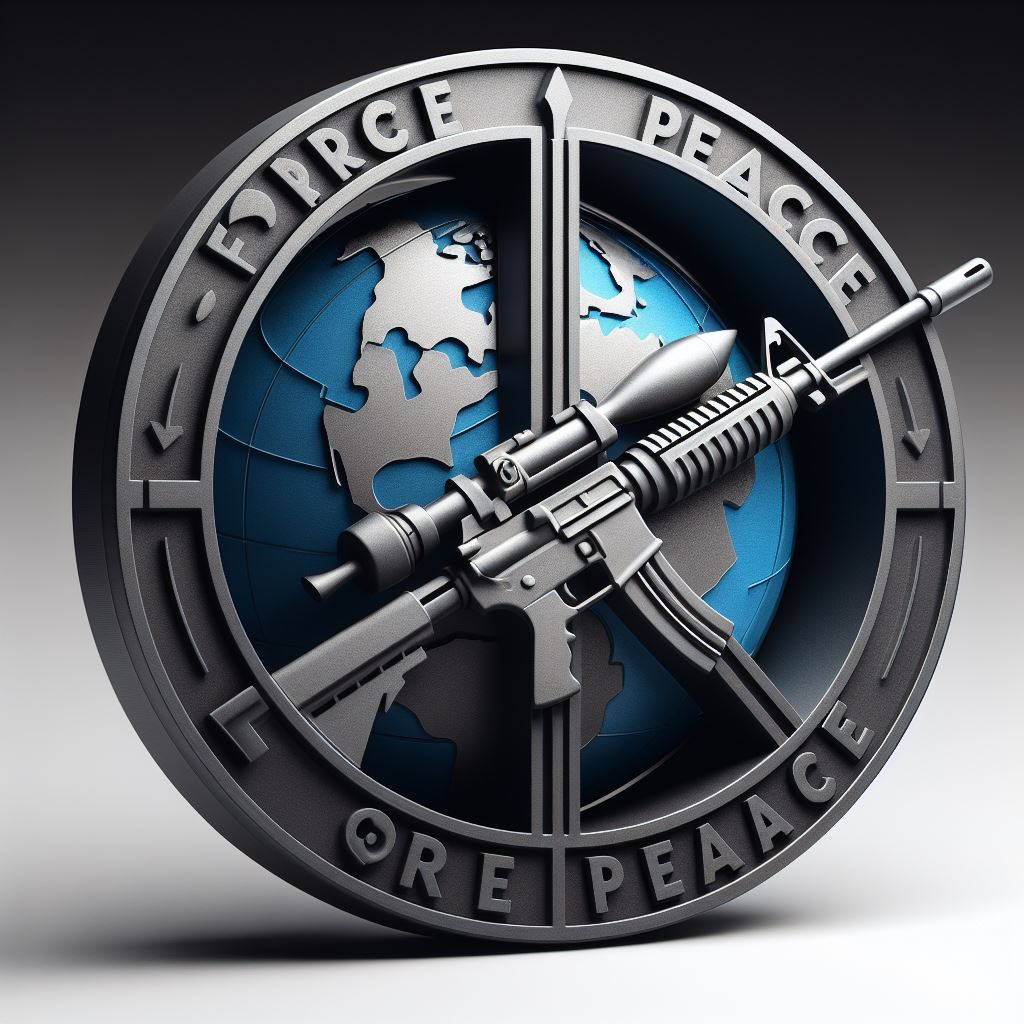How
Can we maintain positive relationships among involved parties and pay close attention to neutrality and impartiality in line with the window time frame of the resolution plan?
The assertiveness and cooperativeness styles in conflict resolution are known as the
Thomas-Kilmann model

In 1974 researchers Kenneth W. Thomas and Ralph H. Kilmann studied a pattern of ways in which the majority of people use to resolve conflicts, they found two main dimensions are the basis to treat conflicts; assertiveness and cooperativeness.
The combination of these two dimensions produces five conflict resolution styles, relying on
how far each dimension is being used and they are;
Competing, Avoiding, Accommodating,
Collaborating and Compromising
A high level of Assertiveness will result in; Avoiding and Competing.
A high level of Cooperativeness will result in; Collaborating and Accommodating.
A middle ground for Assertiveness and Cooperativeness will result in Compromising
Although our organization would carry the two dimensions of Conflict resolution Styles and apply them in different forms based on many considerations, we are voracious to create innovative conflict resolution methods that aim to create prosperous peaceful societies and result in win-win outcomes.
